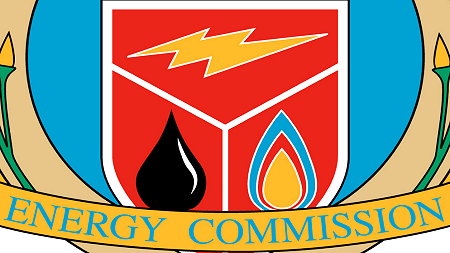
CSA Update: California Energy Commission (CEC)
The C.E.C. was started in 1974 and directed to devise ways for California to avoid adding any new power plants. Since that time, California per capita energy use has remained flat compared to a 33% increase in the rest of the U.S. This has been accomplished using a combination of conservation measures and ever tightening efficiency mandates. In other words, use less electricity and more energy efficient appliances and devices. The 2013 Code (The Building Energy and Efficiency Standards) was just adopted in July of this year. For our purposes we are required to submit forms with every permit application showing how we are being as energy efficient as possible. We are being driven to use LED technology wherever we can. A recent addition to the code contained in Title 24, requires that every sign be controlled by an automatic time-switch control and a photo cell or you can use an astronomical time-switch control (which does not require the use of a photo cell). Click here for the latest form (PDF). It must accompany every sign permit application in California. Click here for a guide which explains how to fill out the form (see pages 7-20).
Just to give you an example of the most recent code changes, every wall outlet in new construction will be required to have a second outlet which is controlled by an EMS or time clock device to shut off the power when not in use. In other words, you’ll plug your office refrigerator into the normal socket but devices not used during the night like copiers and computers will drain no power after hours like they do now. Starting now, all new buildings must provide roof space for addition of future solar collectors.
By 2030 all new commercial buildings will have to be energy neutral, which means they do not take power from the grid.
The California Energy Commissions is the state’s primary energy policy and planning agency. Established by the legislature in 1974 and located in Sacramento, seven core responsibilities guide the Energy Commission as it sets California’s energy policy:
- Forecasting future energy needs;
- Promoting energy efficiency and conservation by setting the state’s appliance and building energy efficiency standards;
- Supporting energy research that advances energy science and technology through research, development and demonstration projects;
- Developing renewable energy resources;
- Advancing alternative and renewable transportation fuels and technologies;
- Certifying thermal power plants 50 megawatts and larger;
- Planning for and directing state response to energy emergencies.
Ray Smith served 15 years on the California Sign Association Board of Directors and is a Past President of CSA. He is Sr. Project Manager for Federal Heath Sign Company, based in the Greater San Diego Area. His 38 years at Federal Heath and background in Electrical Sign Manufacturing make Ray well-qualified to serve on multiple technical committees at CSA, as well as for the International Sign Association. He has presented seminars on topics ranging from going green to manufacturing lean. Ray served on the Board of the Western States Sign Council, holds a Masters degree in Theology, and is a Member of the Project Management Institute.

